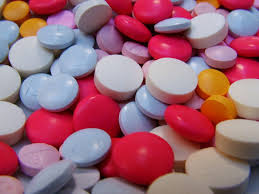
Pathophysiology
A weakness in the abdominal wall allows the bowel or omentum, along with peritoneal tissue,
to herniate outward. Weakened areas include the umbilical area, along the linea alba, incisional areas, and areas that have not completely closed after birth (the inguinal rings).
Umbilical hernias are caused by incomplete closure of the umbilical orifice and commonly occur in children and obese clients.
Ventral hernias are caused by weakness in the linea alba and are aggravated by obesity.
Inguinal hernias are caused in both males and females by incomplete closure of the inguinal rings.
Incisional hernias occur after underlying muscle is cut and scar tissue forms, weakening the area.
Assessment and Diagnostic Findings
May be reducible.
Straining causes the hernia to protrude.
Inguinal hernias may cause a dragging feeling or occasional discomfort.
May be present in newborn males with hydrocele.
Diagnosed through physical examination, computerized tomography (CT) scan, magnetic
resonance imaging (MRI), or direct endoscopy.
Complications
Incarcerated or strangulated hernia results in necrosis of the bowel or omentum, which is a
surgical emergency.
Medical Care and Surgical Treatment
Stool softeners or bulk laxatives to prevent straining at stool.
Herniorrhaphy or hernioplasty (open or closed surgical procedure).
Keep in Mind
Postsurgical care includes avoidance of coughing or straining.
Avoid lifting, driving, and sexual activity as prescribed.
A weakness in the abdominal wall allows the bowel or omentum, along with peritoneal tissue,
to herniate outward. Weakened areas include the umbilical area, along the linea alba, incisional areas, and areas that have not completely closed after birth (the inguinal rings).
Umbilical hernias are caused by incomplete closure of the umbilical orifice and commonly occur in children and obese clients.
Ventral hernias are caused by weakness in the linea alba and are aggravated by obesity.
Inguinal hernias are caused in both males and females by incomplete closure of the inguinal rings.
Incisional hernias occur after underlying muscle is cut and scar tissue forms, weakening the area.
Assessment and Diagnostic Findings
May be reducible.
Straining causes the hernia to protrude.
Inguinal hernias may cause a dragging feeling or occasional discomfort.
May be present in newborn males with hydrocele.
Diagnosed through physical examination, computerized tomography (CT) scan, magnetic
resonance imaging (MRI), or direct endoscopy.
Complications
Incarcerated or strangulated hernia results in necrosis of the bowel or omentum, which is a
surgical emergency.
Medical Care and Surgical Treatment
Stool softeners or bulk laxatives to prevent straining at stool.
Herniorrhaphy or hernioplasty (open or closed surgical procedure).
Keep in Mind
Postsurgical care includes avoidance of coughing or straining.
Avoid lifting, driving, and sexual activity as prescribed.
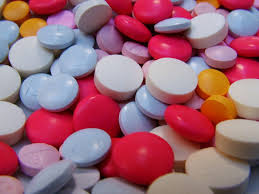
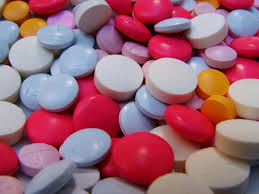
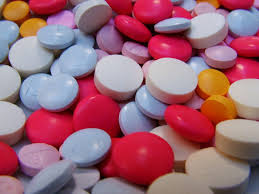
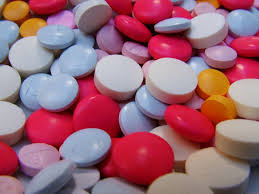
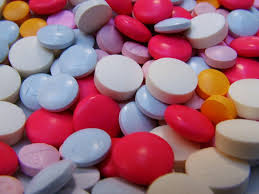
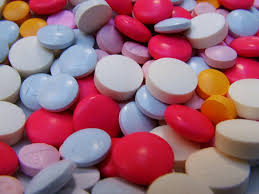
 RSS Feed
RSS Feed
